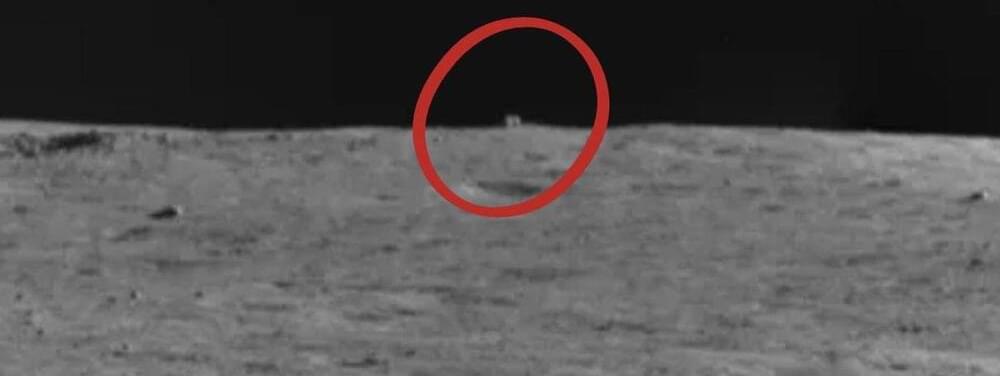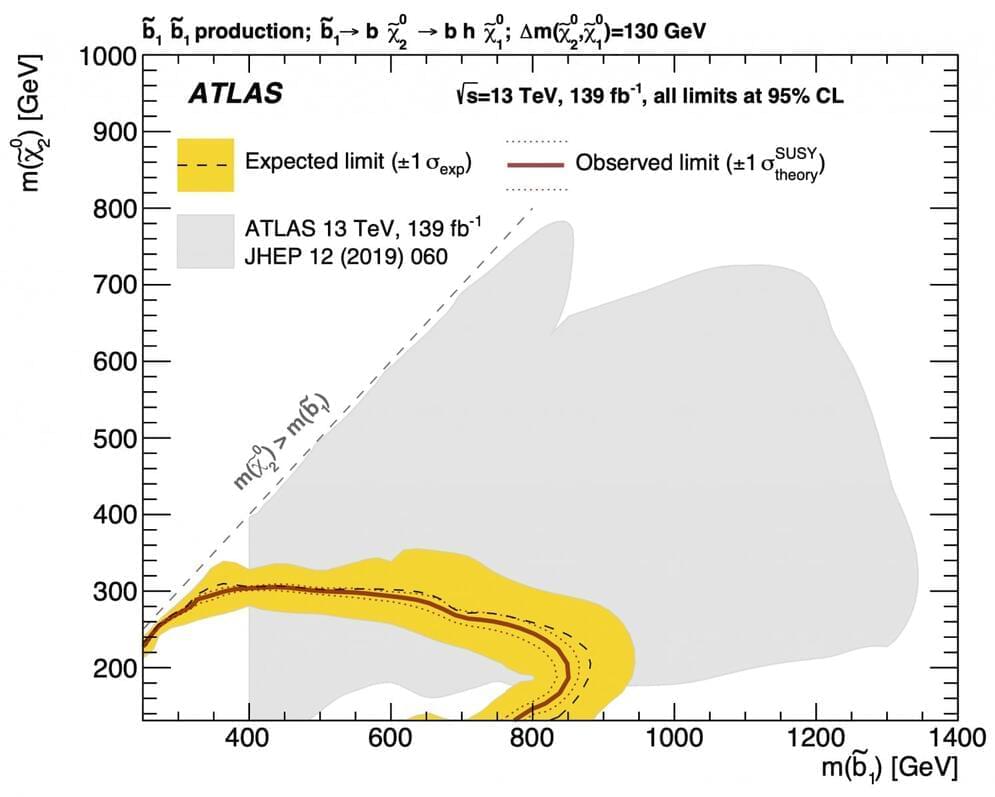There’s a big difference between the notions of ‘false vacuum’ and ‘true vacuum’ states. Here’s why we don’t want to live in the former.




When it comes to quarks, those of the third generation (the top and bottom) are certainly the most fascinating and intriguing. Metaphorically, we would classify their social life as quite secluded, as they do not mix much with their relatives of the first and second generation. However, as the proper aristocrats of the particle physics world, they enjoy privileged and intense interactions with the Higgs field; it is the intensity of this interaction that eventually determines things like the quantum stability of our Universe. Their social life may also have a dark side, as they could be involved in interactions with dark matter.
This special status of third-generation quarks makes them key players in the search for phenomena not foreseen by the Standard Model. A new result released by the ATLAS Collaboration focuses on models of new phenomena that predict an enhanced yield of collision events with bottom quarks and invisible particles. A second new ATLAS search considers the possible presence of added tau leptons. Together, these results set strong constraints on the production of partners of the b-quarks and of possible dark-matter particles.


As part of its plan to go carbon-neutral by 2030, Microsoft is considering replacing its diesel backup generators with hydrogen battery storage. The company has successfully kept part of one of its datacenters online for 48 hours on hydrogen power alone.
Datacenters are massive facilities that are usually full of servers and any variety of other computer or telecoms equipment. They might house the daily or even hourly backups from financial institutions and other high-demand users, because the wrong kind of disaster could wipe out a bank’s entire internal network.
Dive deeper. Read the most in-depth science and tech features, solve life’s biggest mysteries, and get unlimited access to all things Pop Mech—starting now.

Clearview AI is about to get formal acknowledgment for its controversial facial recognition technology. Politico reports Clearview has received a US Patent and Trademark Office “notice of allowance” indicating officials will approve a filing for its system, which scans faces across public internet data to find people from government lists and security camera footage. The company just has to pay administrative fees to secure the patent.
In a Politico interview, Clearview founder Hoan Ton-That claimed this was the first facial recognition patent involving “large-scale internet data.” The firm sells its tool to government clients (including law enforcement) hoping to accelerate searches.
As you might imagine, there’s a concern the USPTO is effectively blessing Clearview’s technology and giving the company a chance to grow despite widespread objections to its technology’s very existence. Critics are concerned Clearview is building image databases without targets’ knowledge or permission, and multiple governments (including Australia and the UK) believe the facial recognition violates data laws. The tech could theoretically be used to stifle political dissent or, in private use, to stalk other people. That’s not including worries about possible gender and race biases for facial recognition as a whole.

This season, a handful of other major retailers — Walmart, Costco, Home Depot, Ikea and Target — are also chartering their own vessels to bypass the busiest ports and get their goods unloaded sooner.
“The real purpose of these vessels when they were built was not containers. It was really lumber, chemicals, grain, agricultural products. But because of the ingenuity and creativity and lack of space, Amazon and many other smart people have quickly figured out how to convert some of these multipurpose vessels to container,” Ferreira said.
For some of the highest-margin goods, Amazon is avoiding ports altogether by reportedly leasing at least ten long-haul planes that can get smaller amounts of cargo directly from China to the U.S. much faster. One of the converted Boeing 777 planes can carry 220,000 pounds of cargo. According to capacity estimates from Ocean Audit, the small 1,000-container freighters being chartered by Amazon and others can hold 180 times that, with the biggest cargo ships carrying more than 3,600 times what the planes can hold.
Turns out, the launch is the easy part.
It’s taken decades to prepare the James Webb telescope for it’s December launch. But that’s really just the end of the easy part of the space telescope.

Scientific ingenuity means cameras keep on getting smaller and smaller, and the latest to appear is not only incredibly tiny – the same size as a grain of salt – it’s also able to produce images of much better quality than a lot of other ultra-compact cameras.
Using a technology known as a metasurface, which is covered with 1.6 million cylindrical posts, the camera is able to capture full-color photos that are as good as images snapped by conventional lenses some half a million times bigger than this particular camera.
And the super-small contraption has the potential to be helpful in a whole range of scenarios, from helping miniature soft robots explore the world, to giving experts a better idea of what’s going on deep inside the human body.
